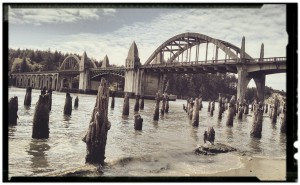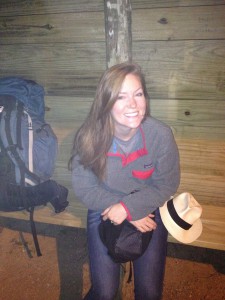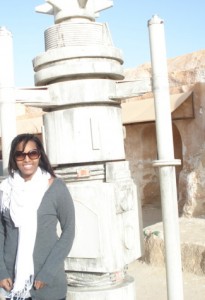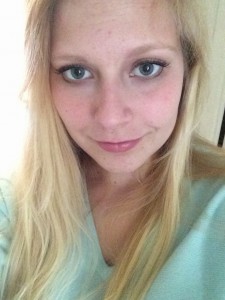 In all honesty, it is difficult to pinpoint any specific time in my past when I fell in love with Historic Preservation. I am certain, however, of when I was able to articulate it as such. As a high school senior here in the booming metropolis of Eugene, I worked as a student aide for the Planning & Development Department which was located at City Hall at that time. When I wasn’t setting up for City Council meetings, photocopying, stuffing envelopes for the next Public Hearing, or traipsing about downtown Eugene delivering Inner-Office Memorandums…I found myself in the Planning Library, intrigued by the Historic Preservation books, and leafing through them with great excitement. Of course, what followed was this new awareness and vocabulary that allowed me to differentiate between a Craftsman Bungalow and a deliciously ornate Queen Anne…how thrilled I was. It was merely putting a name to a face that was already deeply loved.
In all honesty, it is difficult to pinpoint any specific time in my past when I fell in love with Historic Preservation. I am certain, however, of when I was able to articulate it as such. As a high school senior here in the booming metropolis of Eugene, I worked as a student aide for the Planning & Development Department which was located at City Hall at that time. When I wasn’t setting up for City Council meetings, photocopying, stuffing envelopes for the next Public Hearing, or traipsing about downtown Eugene delivering Inner-Office Memorandums…I found myself in the Planning Library, intrigued by the Historic Preservation books, and leafing through them with great excitement. Of course, what followed was this new awareness and vocabulary that allowed me to differentiate between a Craftsman Bungalow and a deliciously ornate Queen Anne…how thrilled I was. It was merely putting a name to a face that was already deeply loved.
When I put the pieces together, an aesthetic admiration for aged items in general, notwithstanding architecture, had taken up residence within me some time before. For years I had been drinking in the pages of Victoria magazine…gardens, literature, fashion, travel, food and more…all coming to life before my tired, suburban eyes. Transfixed, I was a devoted watcher of This Old House (on PBS…along with Victory Gardens and various cooking shows), and came to see the skill and devotion in keeping old places beautiful and livable. Paired with my love of nature, it seemed only fitting for a true love of local history especially would befall me. All of my pioneer ancestors are buried in the Willamette Valley, and most here in Lane County. My own grandfather was a Lane County Commissioner back in the 1950’s and I spent countless hours engrossed in the stories and pictures that he and my grandmother would tell me about growing up in this great place. To this day, I point out landmarks and building to my own children, explaining how they are connected to them by the relatives they never knew. I believe strongly in telling stories, and the many places that tell them in their own silent voices, waiting to be echoed by those who may keenly tune their ears to hear.
More recently, I have been connected, through several different avenues, to the city of Coburg, just north of Eugene. A little historic town with continuing struggles towards economic viability, it is a treasure of history, lovely residents and businesses. They are my family in so many ways. I also sit on their Historic Preservation Committee and Planning Commission currently, and have worked with SHPO and Resore Oregon (formerly HPLO) to nominate a historic home slated for demolition. After years of attempts, I watched it burn this last spring, but learned much in the process, and feel very called to work with preserving our local history by becoming a better equipped citizen. Passion alone isn’t enough.
And so, I continue with my own collection of stories to tell…pictures, books, jewelry, furniture and so on…a variety of items that have found themselves useful once, and continue to be depended upon by my children and I. How happy they must be. The kids love to amble in awe through pioneer cemeteries for fun, explore abandoned houses, listen as I point out landmarks, and retell the stories of others so that they remain alive today. These are important because they shape who we are and how we situate ourselves into our surroundings. Sometimes, the old is new, and the new is old, and as long as we are here to experience them, it would be lovely to know others beyond us will as well. This is part of my story…in the making.
Lorrie Zeller









